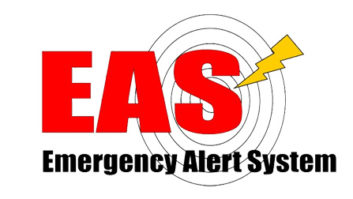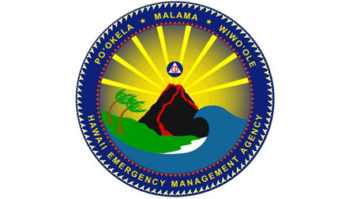Hearing the Hawaii emergency alert spoken aloud — a “Ballistic missile threat inbound to Hawaii. This is not a drill” — is chilling. But in the aftermath, the incident is offering some unique lessons to broadcasters and emergency management agencies in terms of understanding what went wrong, and how to keep it from happening again.
That’s the goal of a “1A” program aired this week on station WAMU 88.5 in Washington that brought together a former chief of Public Safety and Homeland Security at the Federal Communications Commission, a technology reporter for the New York Times and spokespersons from two emergency management agencies.
What we know is that “a guy clicked the wrong thing twice,” said Cecilia Kang, a technology reporter at the New York Times. “It was not a technological problem,” she said, but rather an individual at the Hawaii Emergency Management Agency was conducting what was supposed to be an internal test.
There were two options for him to choose from: to conduct a test alert, or to send an actual missile alert. His first mistake was to choose the latter, Kang said.
His second mistake was when toggling through the succeeding “Are you sure?” query screen, he clicked yes, Kang said. “He simply pushed the wrong button twice,” she said.
What is also known is that despite this human error, it took nearly 40 minutes for the agency to correct the mistake by sending out a follow-up alert to clarify that there was no danger.
The FCC as come down on the Hawaii Emergency Management Agency, saying that Hawaii did not have reasonable safeguards in place. Residents of Hawaii have expressed outrage that one individual has control over sending such an alert. The individual at the agency has allegedly received death threats, as reported by several news organizations.
Several other problems were exposed by the incident. Why did it take so long to come out with a follow-up alert? And how seriously will residents take future alerts that may be issued?
“Well, it’s inexcusable that this kind of mistake could occur in a system set up for ballistic missile early warning,” said Rear Admiral (Ret.) David Simpson, former chief of the FCC Public Safety and Homeland Security Bureau.
“But human error happens. So I fault less the individual who made a bonehead mistake and really question why it is that the states are issuing ballistic missile early warning warnings at all,” he said.
This is a system interface that’s set up to have more failures in the future, Simpson said, pointing to the fact that U.S. states and territories have independent commercial systems connecting to the integrated IPAWS system and individual plans for communicating information about an emergency, like an incoming ballistic missile.
In addition to the FCC investigation, Simpson said, there needs to be an investigation led by the Dept. of Defense and Dept. of Homeland Security into how incoming ballistic missiles are detected, who does the attack assessment, and which organization makes the decision to issue an emergency alert to the community.
The WAMU broadcast offers a short history of the nation’s emergency alert system, and how alerts are initiated today. It also discussed concerns about how this error may end up impacting public confidence in the nation’s emergency alert system.
The broadcast also includes comments from Michael Walter, a spokesman for City of Houston Office of Emergency Management, and Ben Krakauer, assistant commissioner with the New York City Emergency Management.
The full broadcast can be found here.












